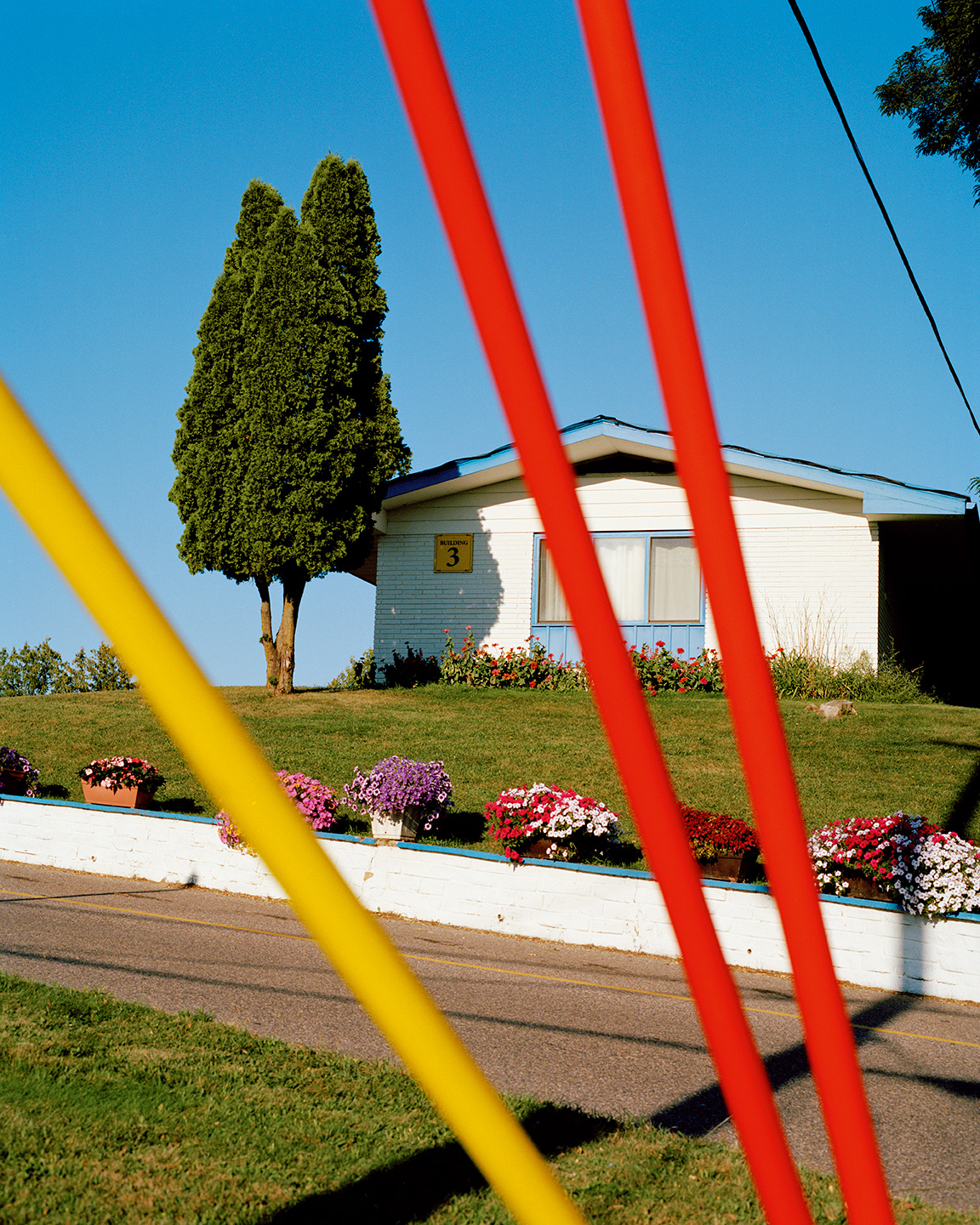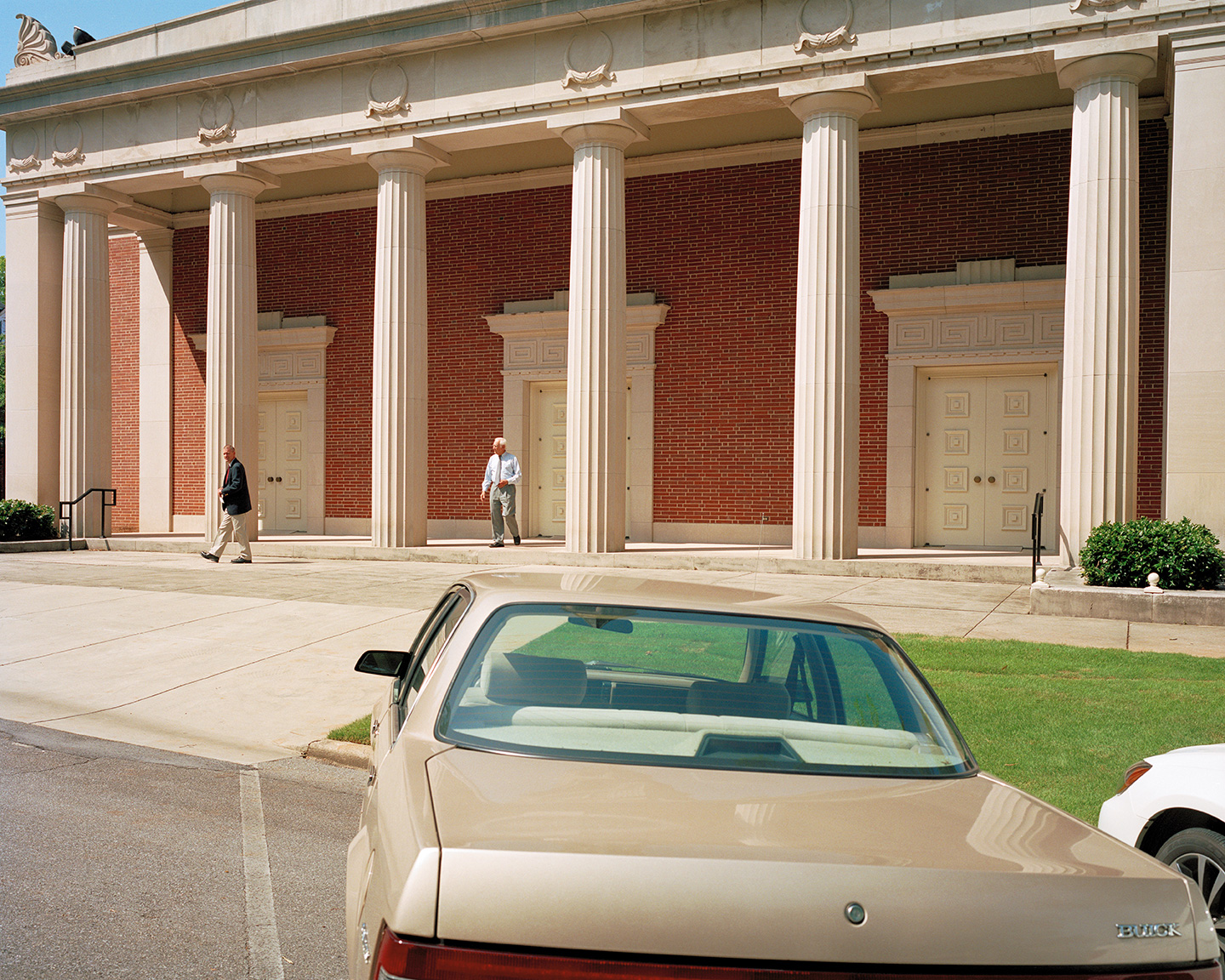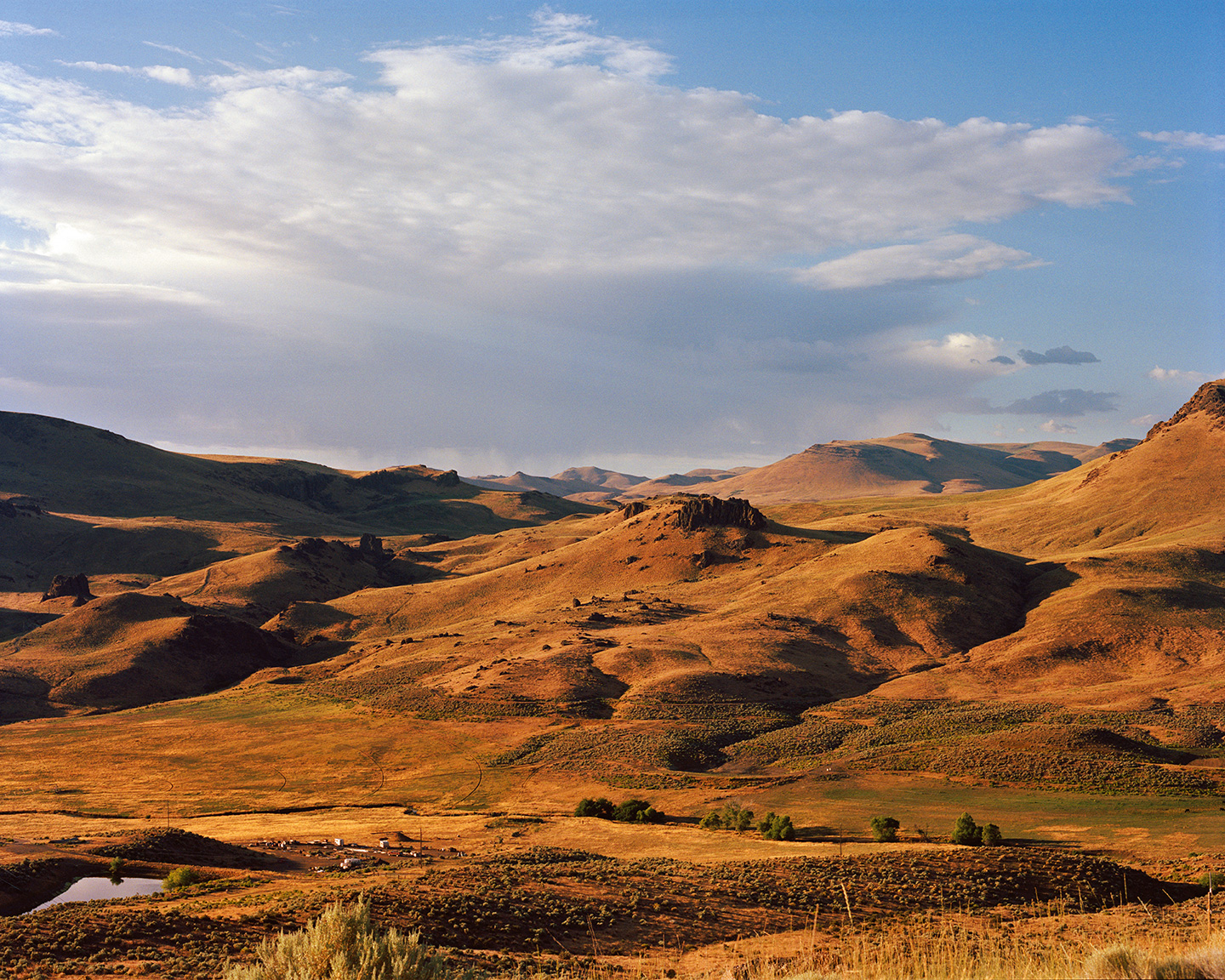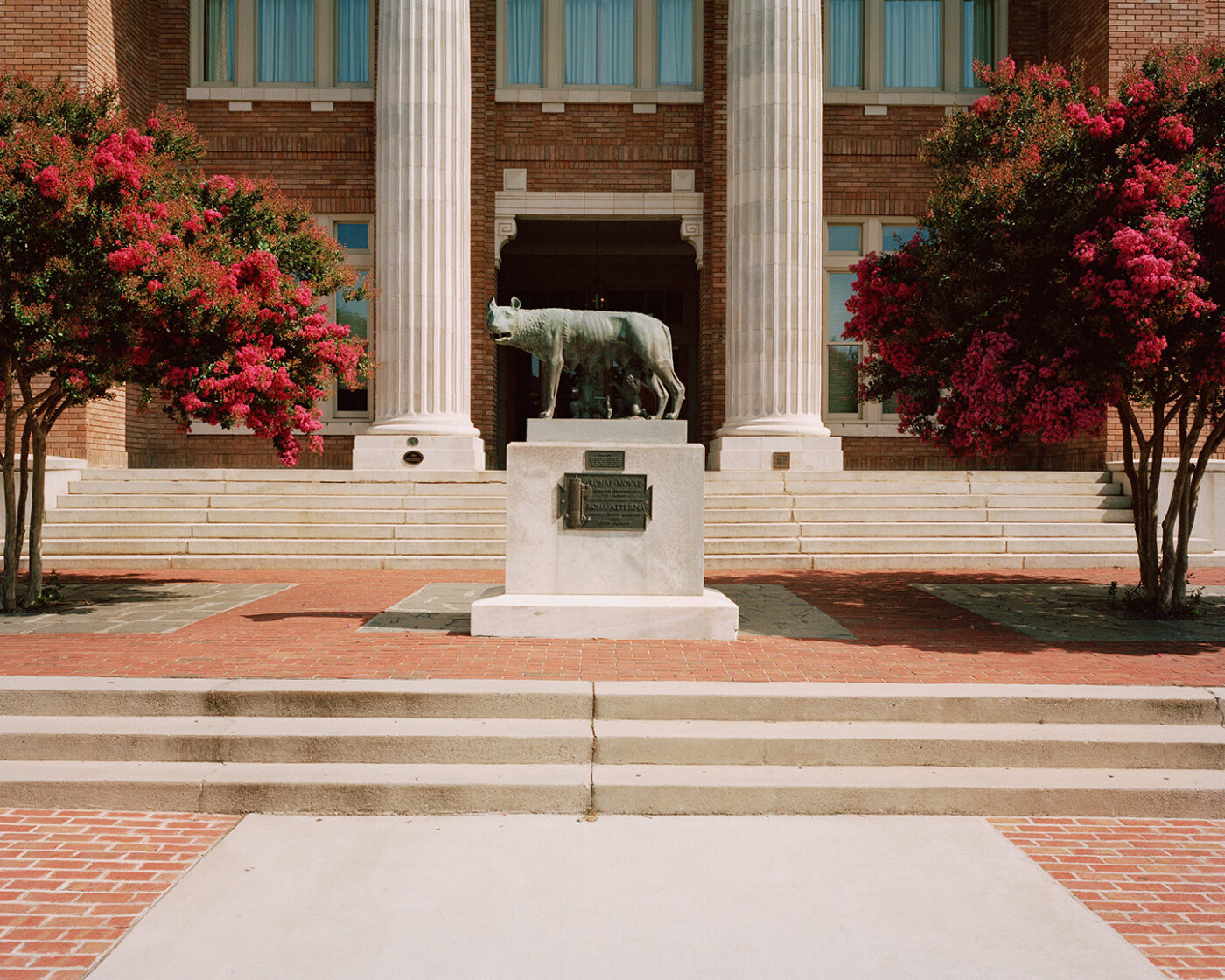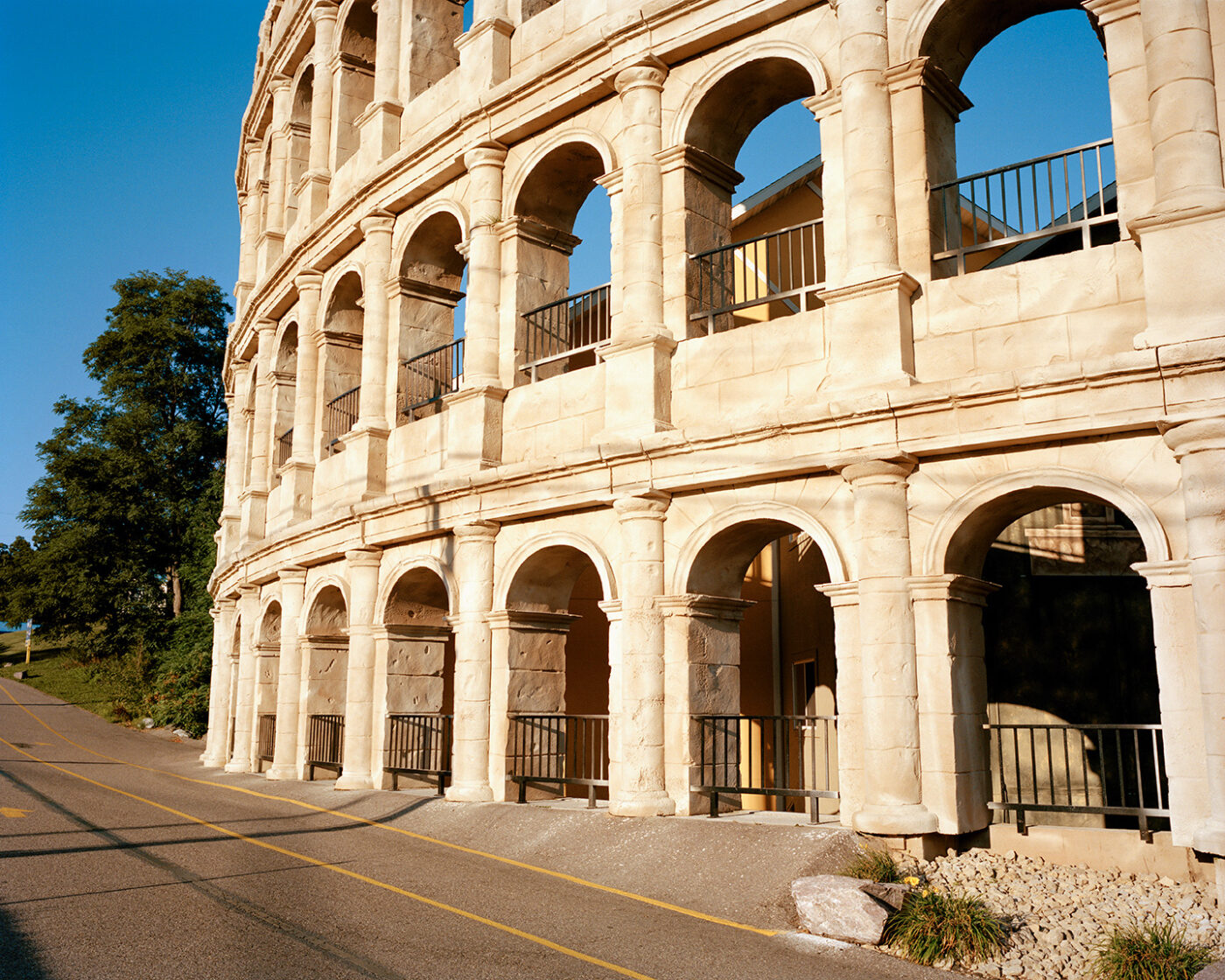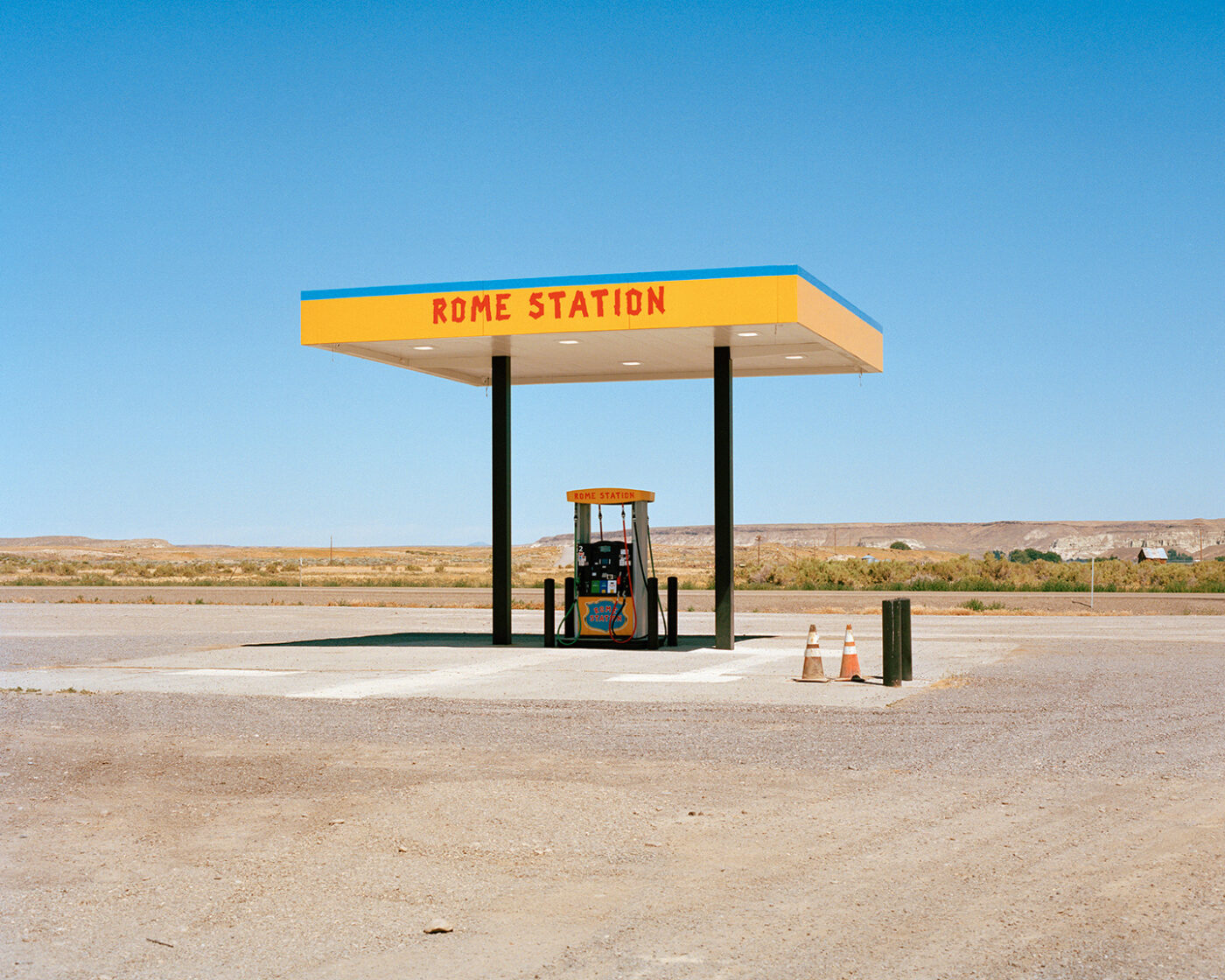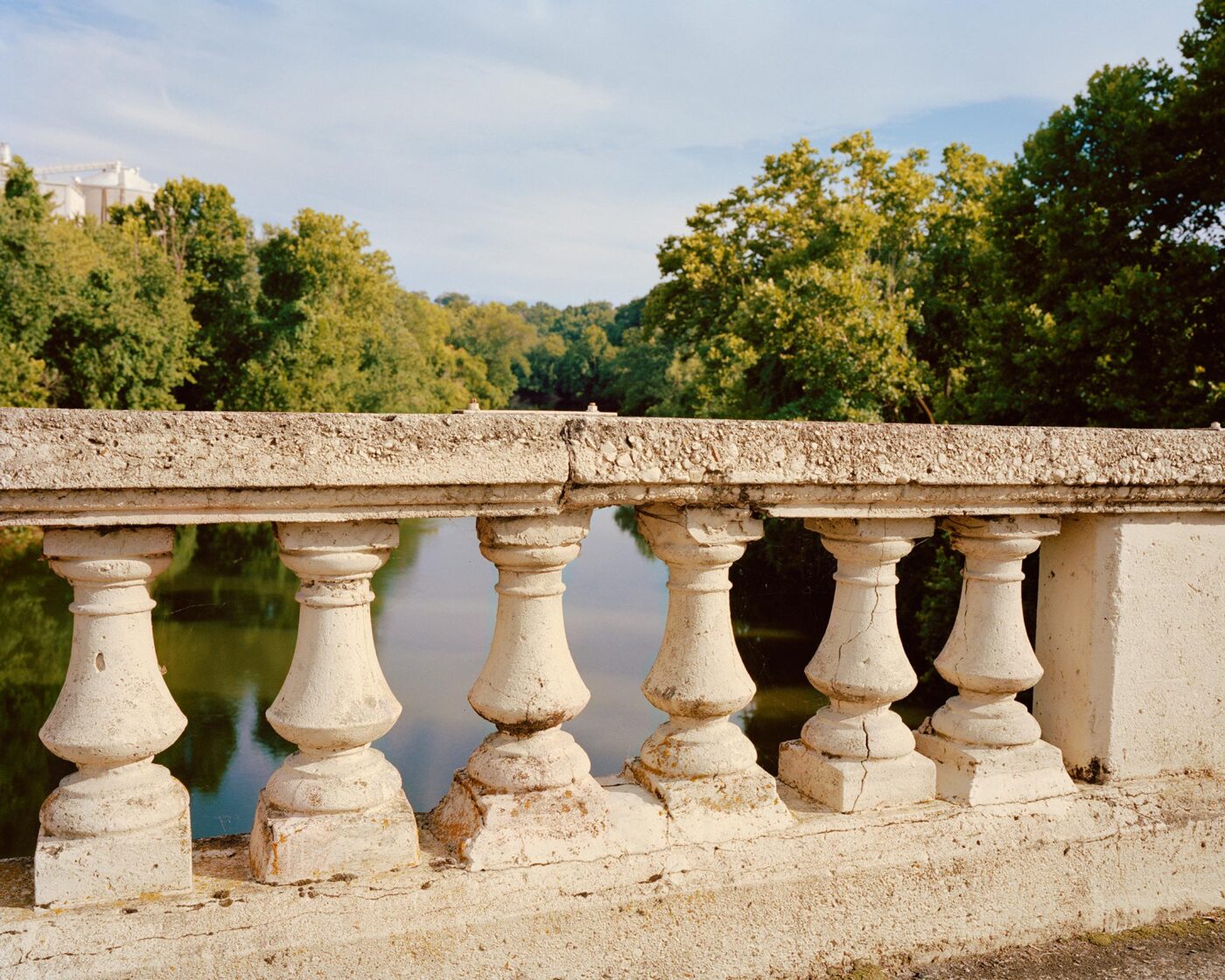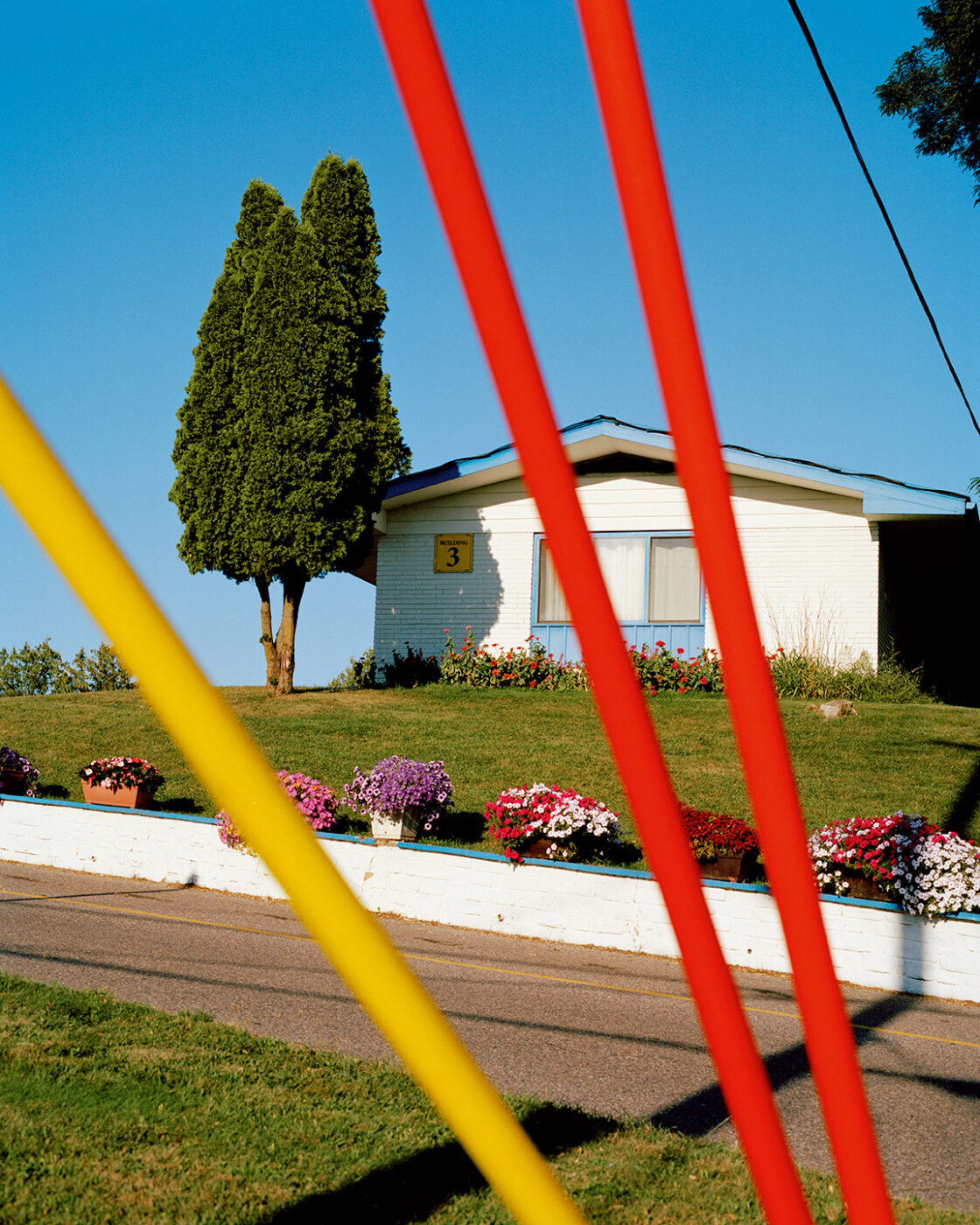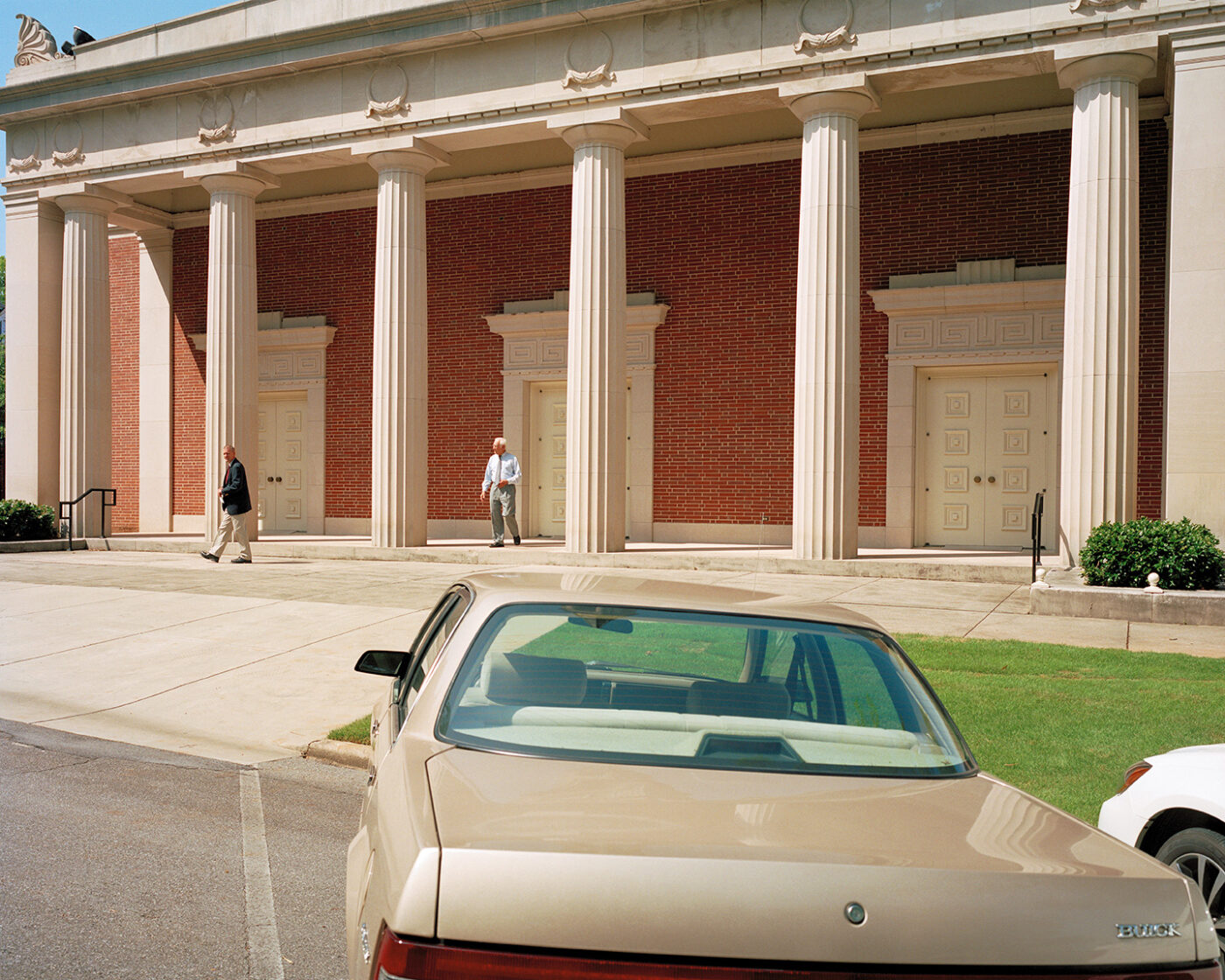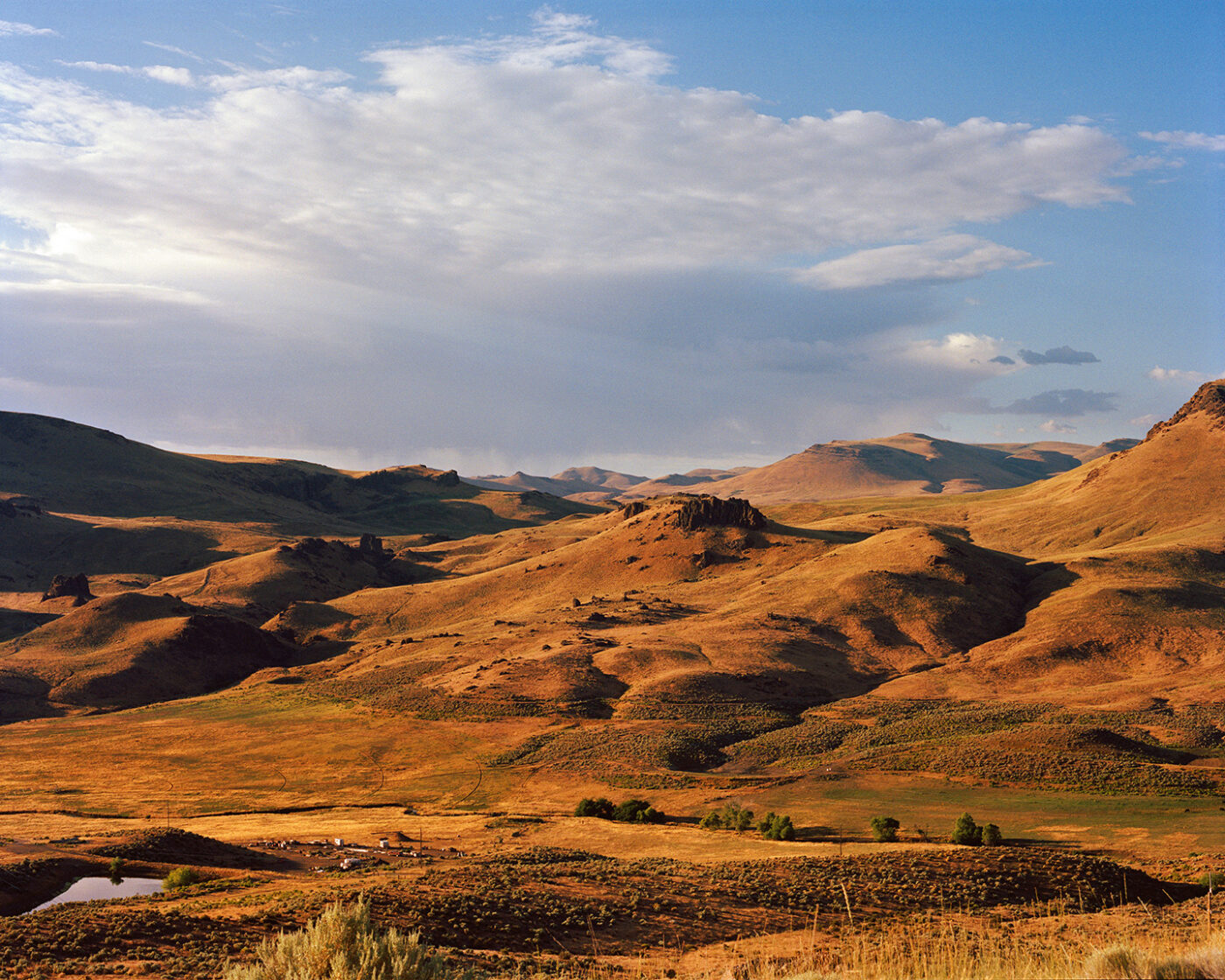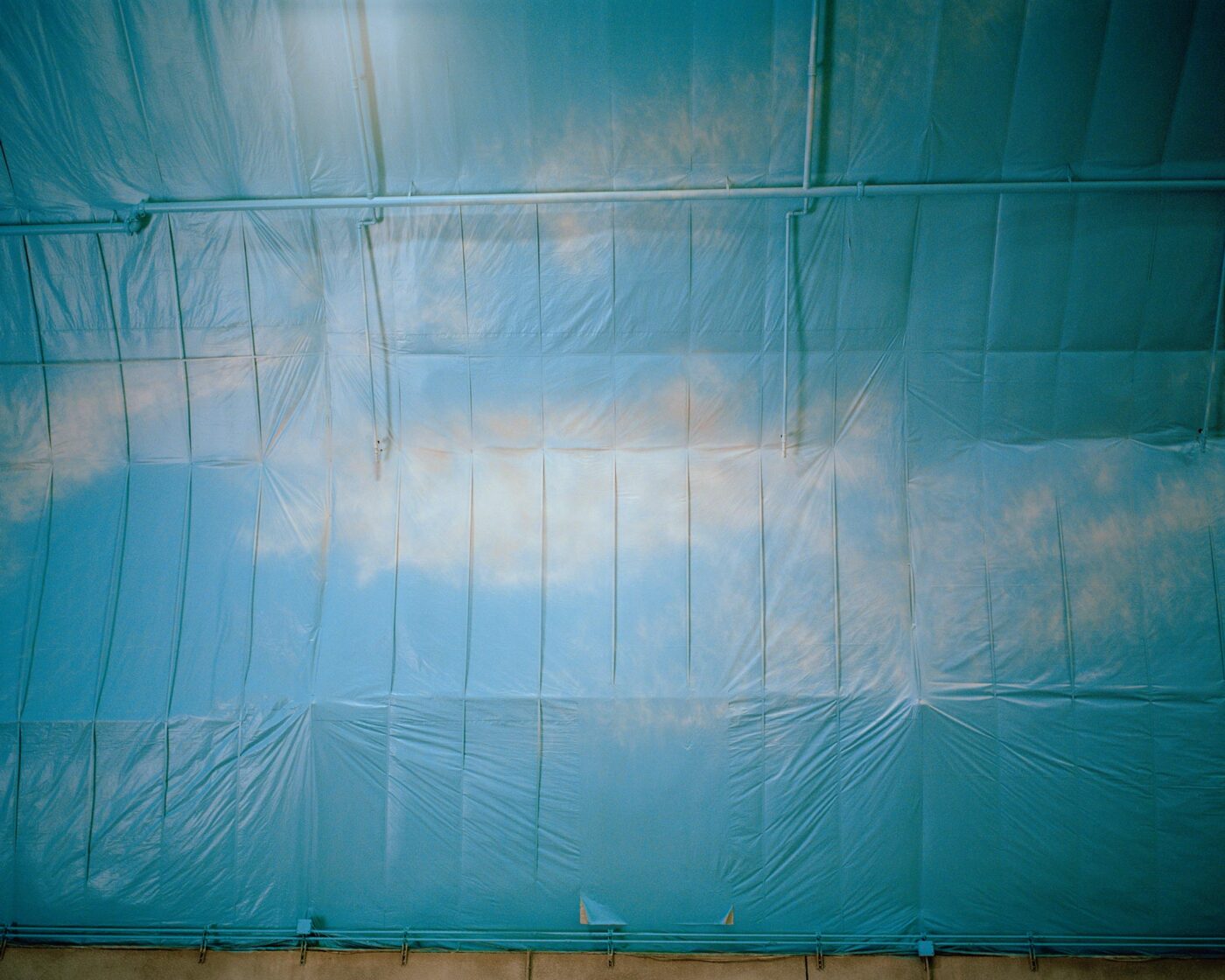Paolo Di Lucente deserves a golden medallion for being the Roman photographer who created a book called ROME, filled with photos of Rome that weren’t shot in Rome at all. Or were they?
“Ninety percent of people think this book is about Rome, and I think that’s quite funny. If they took ten seconds more to look closer at the images of the ‘Colosseum’ or the ‘Capitoline Wolf’ statue, they would notice there is something weird going on,” the photographer says. “I’m always interested to see at what point they realize I’m playing a trick on them.”
Well, guess what, if you’re one of those people who flicked through Di Lucente’s book, published by Veii, and thought, “Gee, what superb shots of Rome!”…sorry to say, he got you too. This is the part where you hit up Google Maps and move the pin from Italy across the Atlantic to the United States of America. Zoom in and you might just notice there’s a place called Rome in New York State. There is also a Rome in Georgia, for that matter. Ah, and a Rome in Oregon, too! In fact, there are many “Rome” (and “Rome” variants) in the USA. Paolo Di Lucente should know, he visited and photographed most of them.
It all started one night when the photographer, who lived in New York for seven years, was scanning a map of the States online and discovered there was a town called Rome about two hours away from the Big Apple. How strange, he thought. As he proceeded to zoom in and zoom out of different states, he found more places called Rome; most located in the Midwest, some on the east side of the country, and one in Oregon on the West Coast. Bing! The lightbulb went off for Di Lucente.
“I was instantly fascinated by this discovery of so many places called Rome in America; some were big towns, but most were small towns and villages. The more I looked for them on the map, the more I found of them. Adding to the intrigue, there was hardly any information online about any of them,” he says.
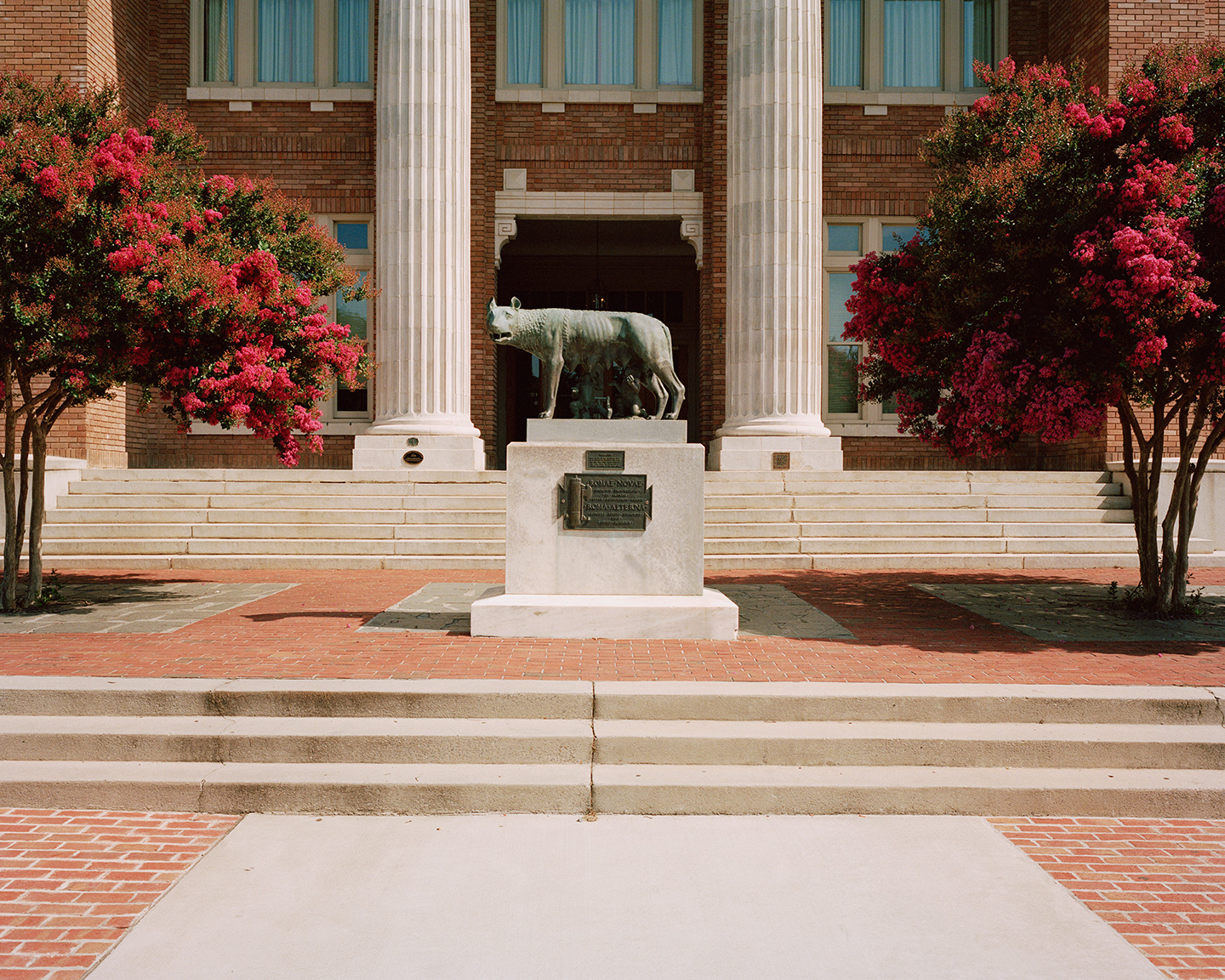
So he got in his car and set himself a rather colossal mission of photographing 12 places called “Rome” in America. But instead of creating a typical documentary photo essay, Di Lucente decided to shoot these locations through a kind of duplicitous lens that blurs the lines between reality, trickery, and geography. “I wanted to shoot these places in a way that played a kind of game with the viewer; creating an illusion of the Rome they think they’re seeing and what they’re actually seeing, which are very different places.”
So eventually, you catch on; Rome is not Rome, but it’s almost Rome, even to the discerning eye. We see what appears to be classical ruins, sun-drenched streetscapes, fresh tomatoes on a market table, a statue of the Madonna in someone’s front yard, a (very Roman) pile of trash, and a marble staircase on a public building. The images draw on a series of visual analogies, symbols, and replicas that are both familiar yet strange—disorienting at the least. With each Rome Di Lucente visited, he took his time to analyze the environment (always on foot with his medium-format film camera in hand), ready to capture an illusion of Rome. At other times, he simply captured the quirks and peculiarities of the place. That epic photo of the Colosseum? That’s a Colosseum-themed waterpark for kids in Rome, Wisconsin.
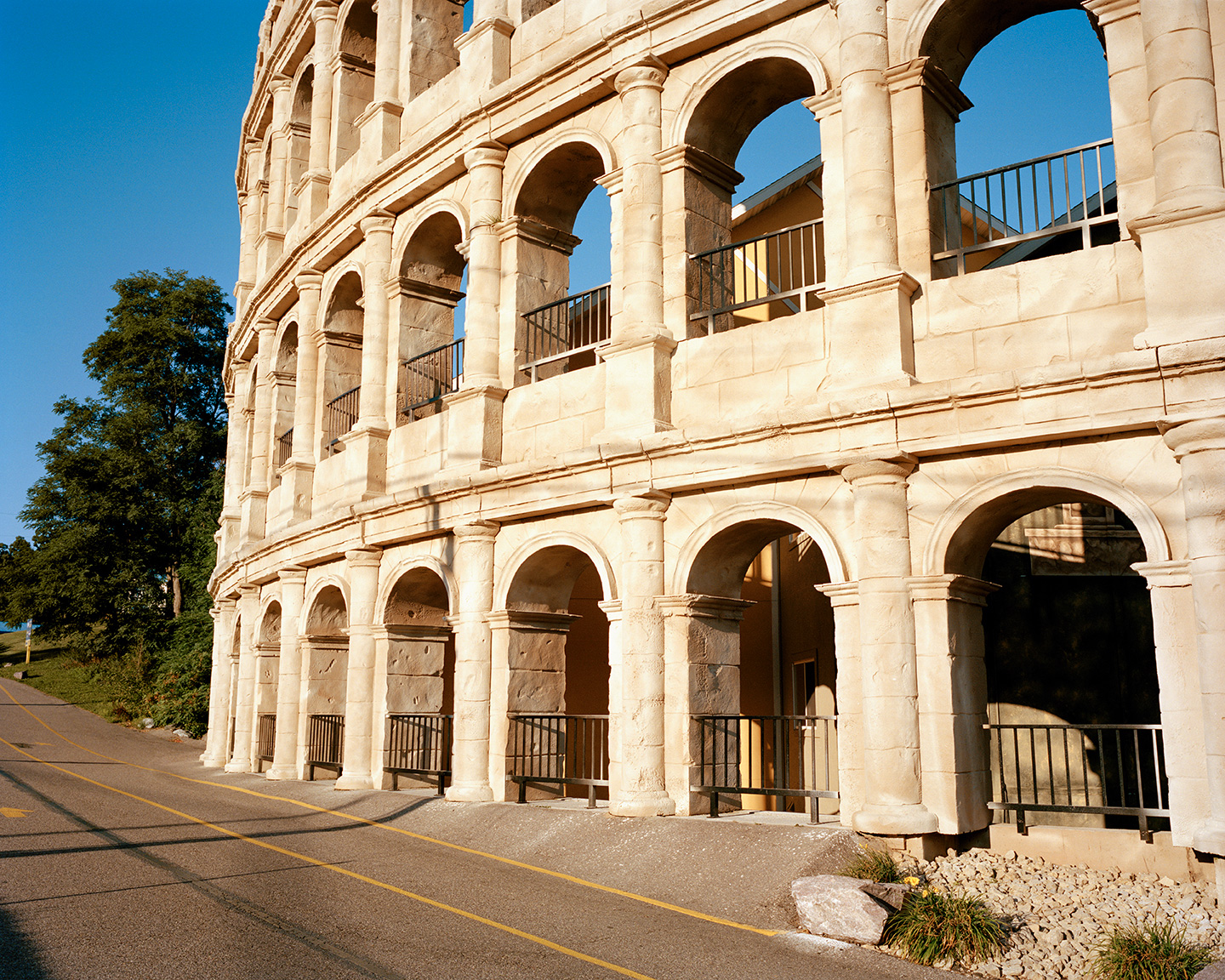
Strange looks from locals, frequent questioning (“Are you lost?”), and even calls to local police reporting a strange man wandering around photographing their town became regular occurrences for Di Lucente. He admits he had “no idea what to expect” when he arrived at each location. Some of the locals he explained his project to thought he was brilliant, others were convinced he was mad. The larger Romes—Rome, New York and Rome, Georgia—offered the photographer more stimuli in the form of monuments, houses, streetscapes, amusements, and public spaces. These two cities, he discovered, are actually home to two replica statues of the Capitoline Wolf, one donated to Rome (New York) by Mussolini in 1929. However, in the smaller Romes (which are more like “villages”, he says)—Rome, Oregon, for example—the photographer really had to stretch his imagination. He could just about create a second book filled with anecdotes of his travel experiences while shooting the project.
“I drove eight hours from Portland to get to Rome in Oregon. It was my first time in Oregon. When I arrived, it was just a gas station and three houses,” Di Lucente recalls.
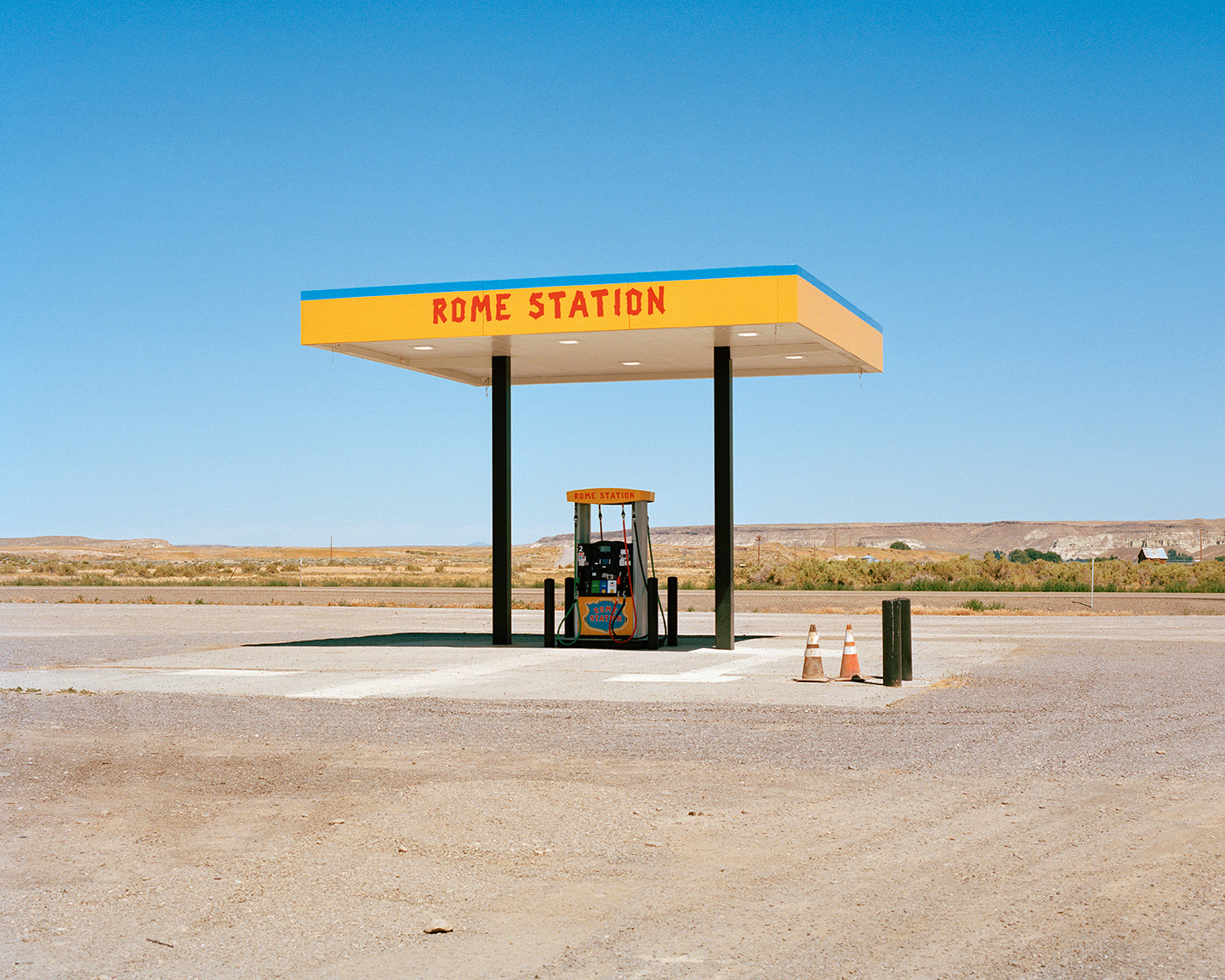
“The guy managing the gas station was curious about me, so I explained what I was doing there. He said: ‘Hey kid, let’s have a beer.’ It was 9 AM. The whole time I was there, he followed me around on his motorbike. Meanwhile, I was trying to find things to shoot that didn’t look so typically ‘Americana’. I guess there was the road sign that said ‘ROME’, but I had to be inventive beyond that.”
Once you realize you’ve been tricked (ROME’d, if you like…), you can appreciate the full brilliance of Di Lucente’s concept and execution. Every photo—every crop of every photo, even—is strategically executed with irony, humor, and a kind of surreal cinematic air. It not only takes a sharp eye, but a sharp mind to pull off this kind of concept so compellingly. While he believes that the fact that he is Roman had nothing to do with the series’s subject matter, it might have been a bigger factor than he realizes, even on a subconscious level:
“I kept seeing these uncanny similarities between my Rome, my home, and the Romes I visited. Almost all of them had a river running through the city or town, and it was exactly the same color as the Tiber. In some places, I saw the pairing of deep red and yellow together (Rome’s colors) everywhere I looked,” he says.
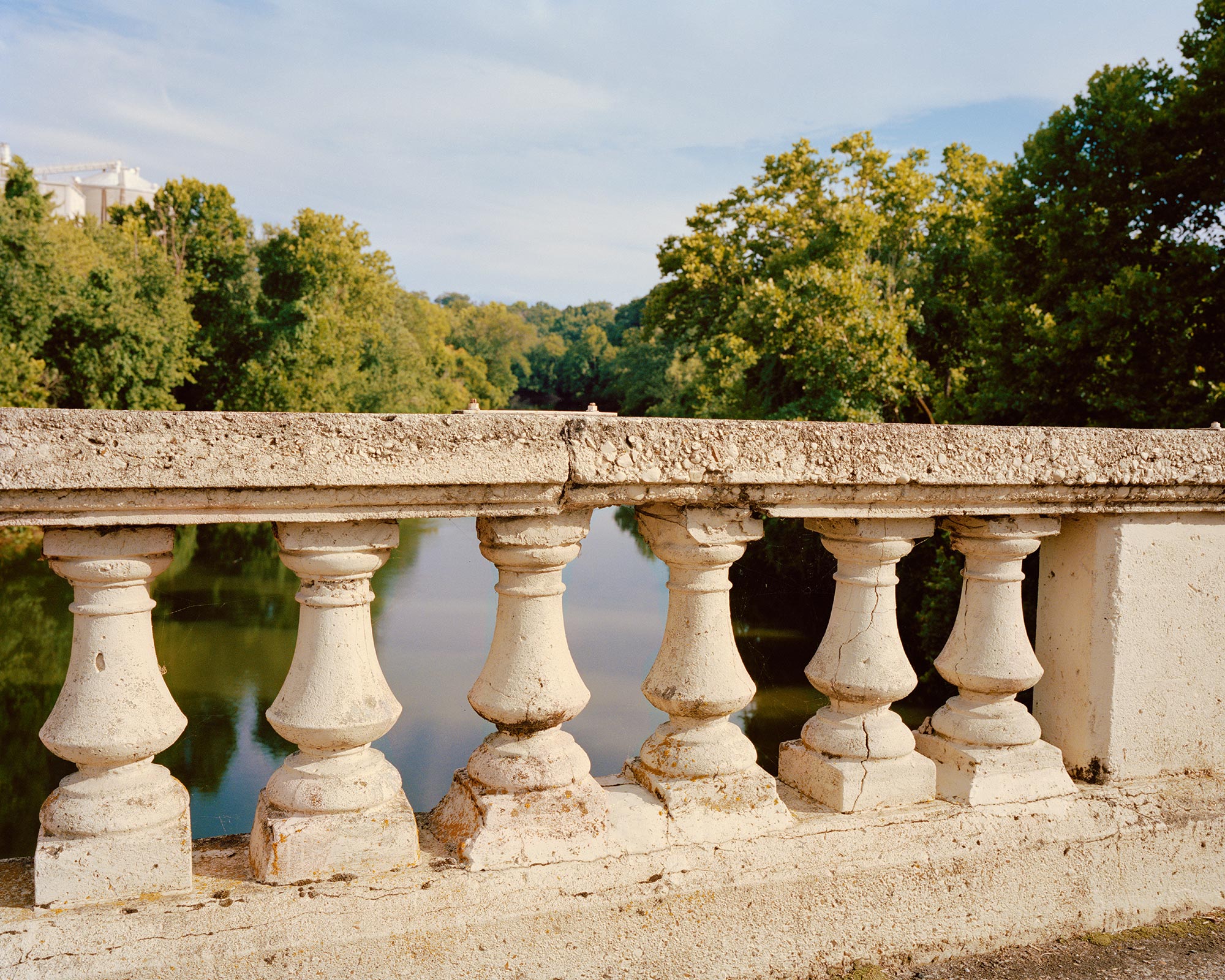
But what’s in a name? “As you can imagine, these towns were named Rome due to the influence of European settlers and colonizers. Early Americans admired ancient Rome and chose to name some towns after it as a symbol of democracy and strength. Additionally, some names were inspired by geographical features. For instance, Rome, Georgia, was named as such because of its hills and rivers, while Rome, Oregon, was named after the ‘Pillars of Rome’, which refer to nearby geological formations,” says Di Lucente.
Paolo Di Lucente’s book has hardly any text in it, and absolutely no captions to accompany his photographs. It was all a game, and a rather successful one; it sold out quick-smart. “I wanted to test out people’s attention spans and to play with the idea that Rome is not Rome. Or is it?” he says.
“Ultimately, I just wanted to have a laugh.”
